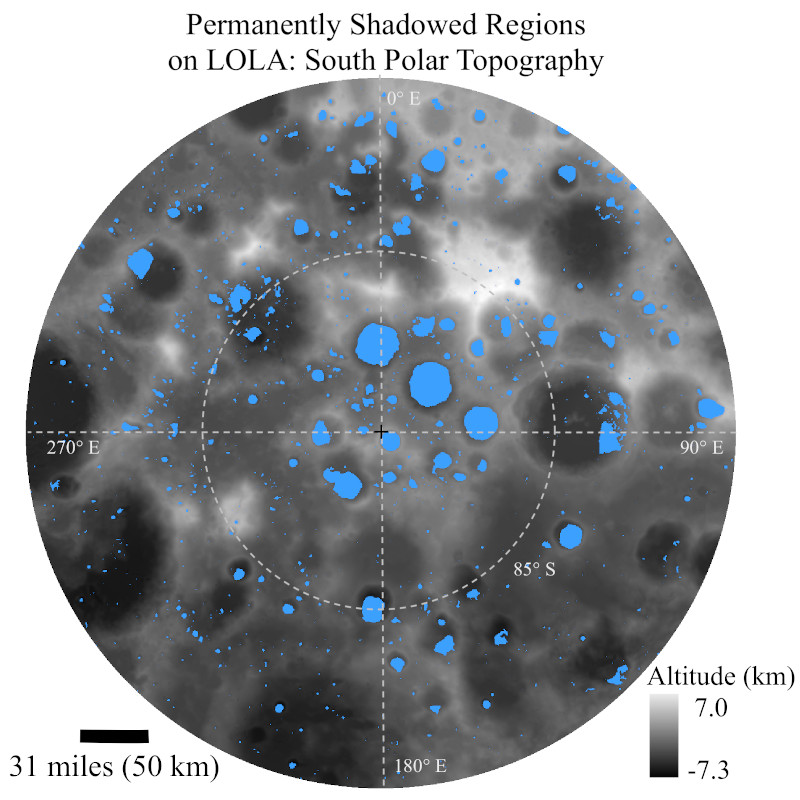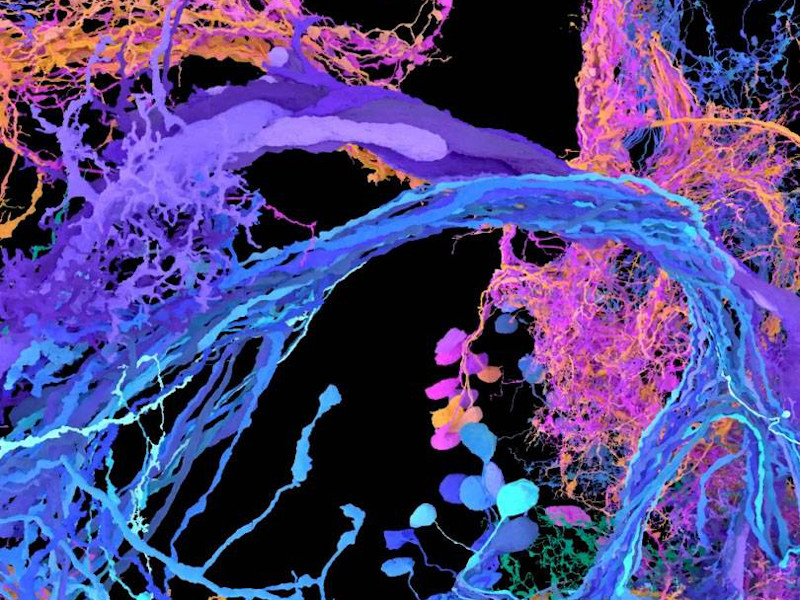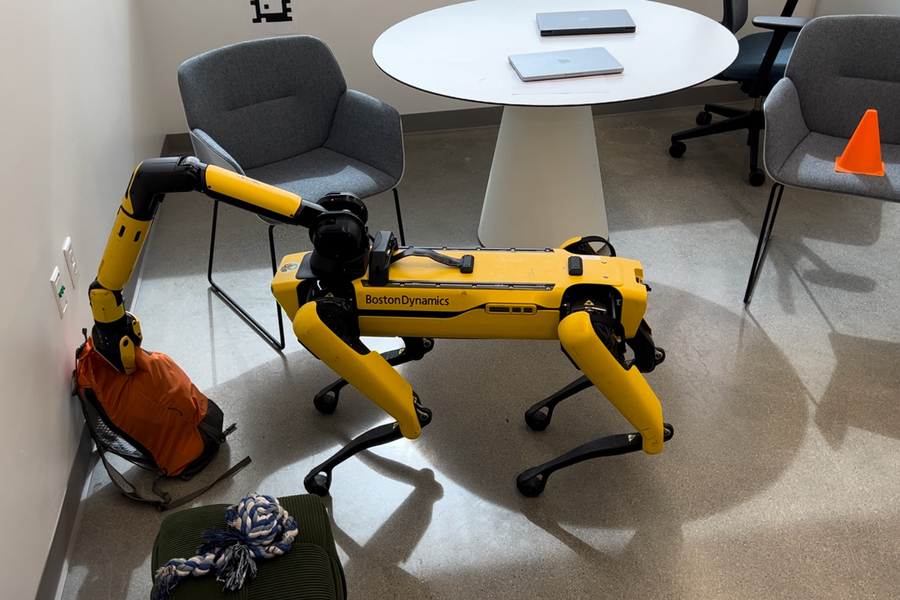The new HBO documentary “Money Electric: The Bitcoin Mystery” documents the journey of filmmaker Cullen Hoback to find out who created the first and most valuable cryptocurrency, CNN reported before the documentary went on air.
A Politico story reviewed previous speculations on the identity of Bitcoin creator Satoshi Nakamoto. Now Hoback claims to have unmasked Satoshi.
Hoback is the creator of the series “Q: Into the Storm” about QAnon.
HBO describes the new documentary as “a thrilling, globe-spanning investigation, with Hoback immersing himself with key players, uncovering never-before-seen clues, and humorously unraveling Bitcoin’s meteoric rise.”
The documentary went on air on October 8 at 9pm EST.
And Satoshi is…
Peter Todd!
Todd is a Bitcoin software developer. He is well known to Bitcoin coders and hardcore enthusiasts, but not well known (so far) to the public at large.
Todd denied: “Cullen is grasping for straws here,” he told CNN after Hoback’s documentary went on air. “He is playing up a few coincidences into something much more.”
Does it matter?
In both CNN stories Hoback says that it’s important that Satoshi’s identity does not remain a secret to the public, especially if Satoshi’s cryptocurrency is still usable. The value of Satoshi’s crypto assets is, indeed, of tens of billions of dollars with the current exchange rate, and Satoshi (or whoever controls those assets, if anyone) is one of the richest persons in the world. “I think that understanding if that person still holds the keys (to their crypto wallet), what the ideas and intent of that person or people, really are, is important,” Hoback says.
But many crypto enthusiasts think that the identity of Satoshi doesn’t matter much. Satoshi may be, of may have been, this or that person, alive or dead. Or, Satoshi may be a group of people sharing a common identity, just like a football team that always acts as one even if its members come and go. I often think that this is probably the case. But more importantly, Satoshi is the spirit of our right to privacy and anonymity.
Let us know your thoughts! Sign up for a Mindplex account now, join our Telegram, or follow us on Twitter.


.png)

.png)


.png)





